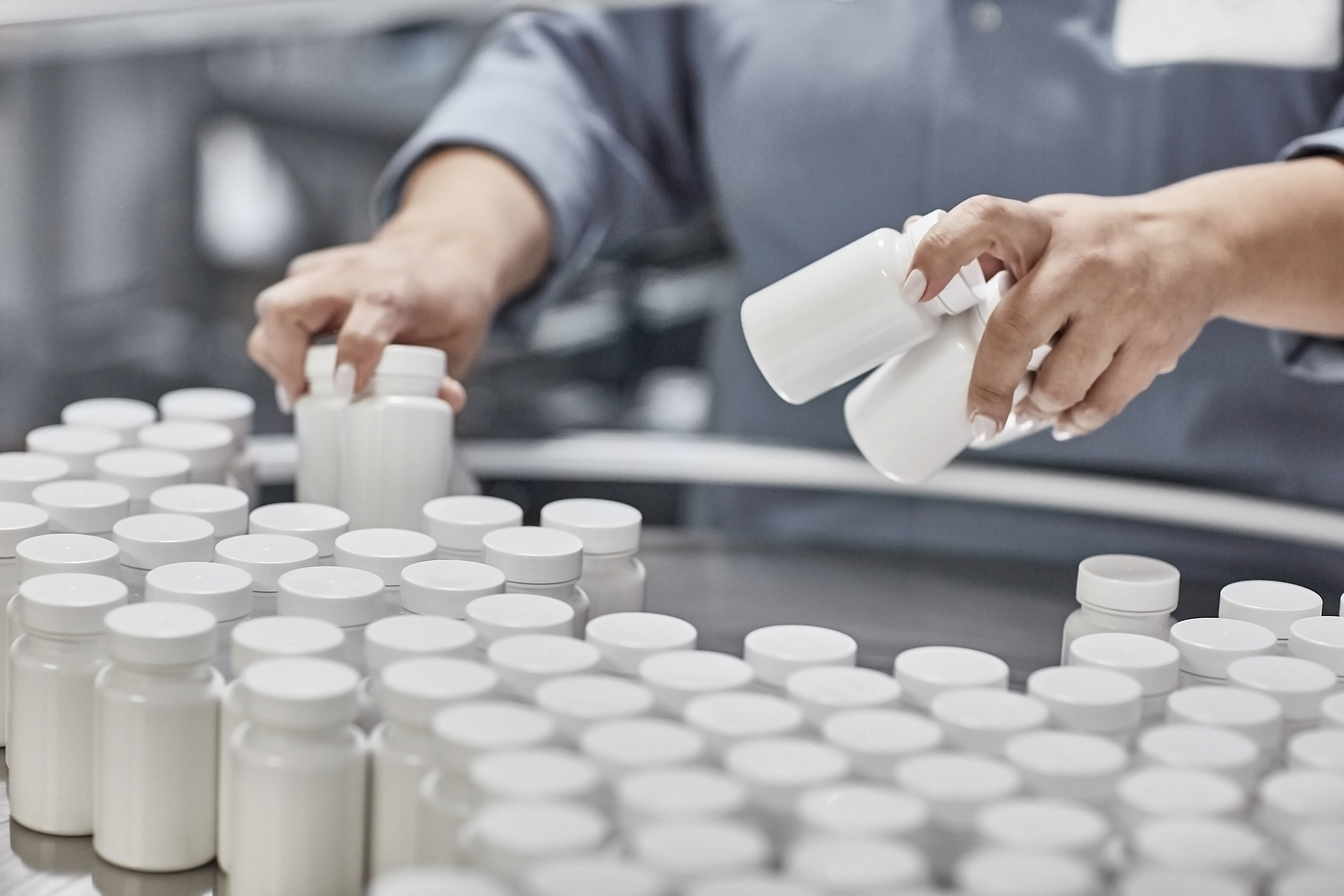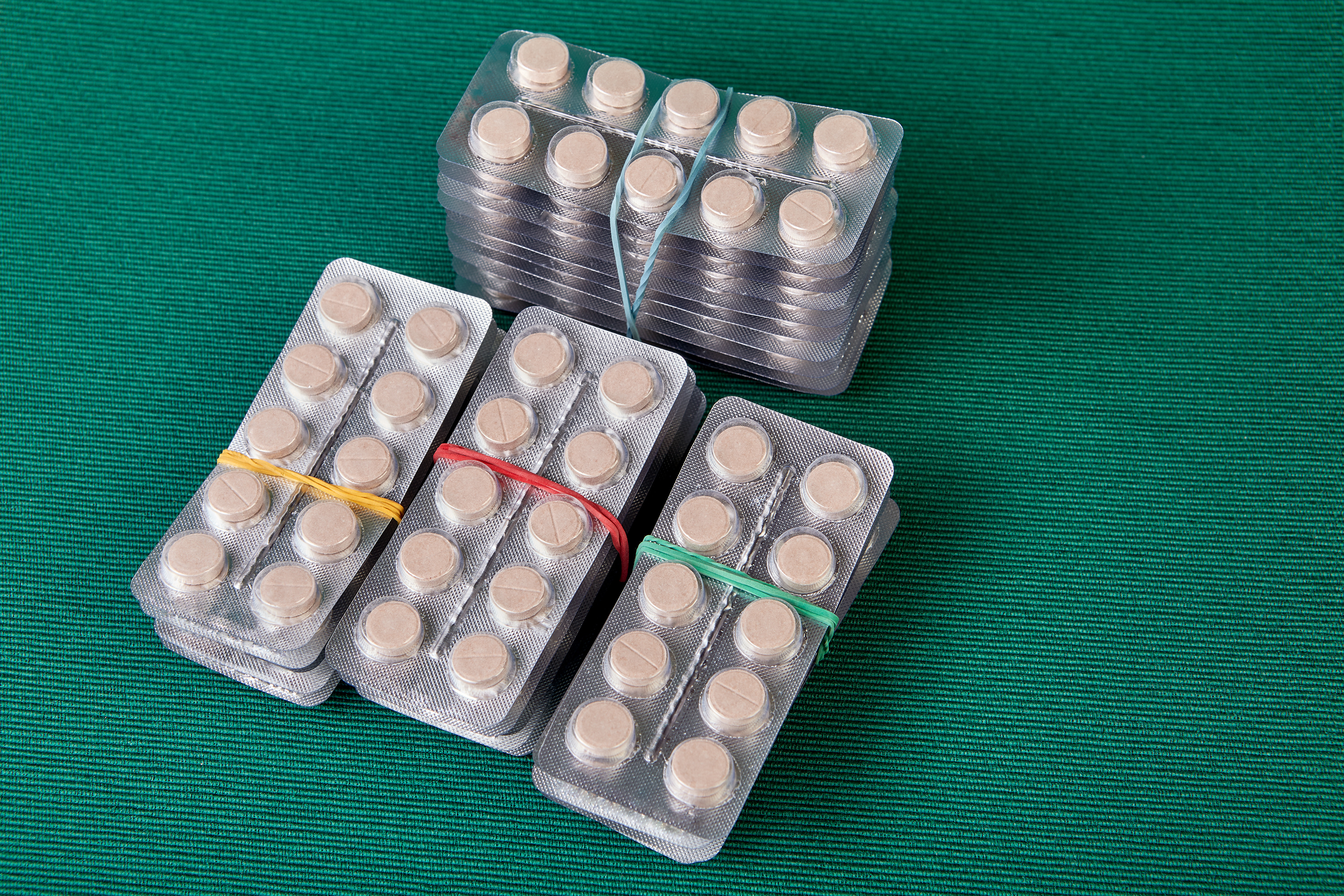
How This Current Pandemic Changed Product Packaging Testing For Pharmaceutical Companies

What started as an unknown virus is now holding the whole world hostage. Medical scientists are working round-the-clock to crack the puzzle brought by this novel coronavirus. Every industry has been a victim of this predicament, ranging from small to established companies. The only institutions thought to be holding the key out of the current pandemic are the pharmaceutical companies.
As such, it is no surprise that these companies are currently making more profits than anyone else. Nonetheless, they are also facing challenges in their service delivery. For instance, the reduced importation of APIs has hindered the production of medicine. These firms have also had to change the packaging techniques used on their products to curb the spread of the virus.
This post aims to cover how the pandemic has affected the product packaging tests in the pharma industry.
Product Packaging Testing For Pharmaceutical Products
A straightforward definition of product packaging testing is the process of checking whether a given packaging material will protect its content during transportation and storage. In other words, it is used to confirm whether the expectations set during the initial stages of product development are met. Of course, this is geared towards ensuring that the end user gets full benefits for what they ordered.
Since the beginning of the current crisis, food and pharmaceutical firms have remained operational, although not entirely. Packaging of their products, however, has experienced a lot of changes amid the rising numbers of coronavirus infections. The previous packaging testing process that included mechanical, environmental, and chemical tests have had to be expanded. It now includes an additional set of tests aimed at checking the effectiveness of the sterile or antiviral surface.
What Has Changed?
Well, what pharmaceutical companies are now using in their packaging process is not new. In fact, it has already been used by various institutions, but it could never be more useful than it is today. It all revolves around sterilization, an old packaging perspective. For about 20 years or more, this idea has been evolving, and it is more productive today than ever.
There is a wide range of choices in terms of materials, features, and designs. The most common material employed in the sterile and antiviral packaging technique during this COVID-19 pandemic has been plastic. This new trend is a contradiction to the campaigns held against environmental hazards, such as plastics. However, given the drop in oil prices, the world has seen more plastic packages around. Apart from being cheap, plastic also has high barrier properties against any surface germs.
As earlier stated, pharmaceutical packaging material usually goes through various testing stages. The mechanical test is done to ensure that the content is safe even when the package is exposed to extreme external forces. These may include falling or pressure exerted during transportation. The environmental test, on the other hand, is to measure the resilience of the material under different environmental conditions.
The additional test is done to ensure that any contamination of the container by a virus does not survive. The material is reinforced with active drug elements that work against any bacterial or viral contamination. This move is to improve the safety of the medical practitioners, pharmacy attendants, and the end user during this pandemic.
Keep Safe!
Although these measures have been put in place, you still hold your safety in your hands. The virus has been found to survive for up to 24 hours without a host. As such, it might be dead by the time you pick that package at your doorstep. Also, sterile and antiviral packaging has made it a lot safer now to handle such containers.
However, that's not to say that you should abandon the other measures. Washing your hands should and will always be your shield against the virus. Also, make sure the package is decontaminated before touching again after cleaning or sanitising your hands.
Conclusion
Nobody knows what lies ahead of the current pandemic. It is all about speculations on if or when this crisis will end. The changes in the packaging techniques are among some of the main moves by pharmaceutical companies to curb the spread of the virus. The new packaging material is reinforced with antiviral polymers to fight any viral contamination on its surface.
Some of the new strategies adopted by the pharma industry due to COVID-19 may remain effective for many years to come. Every plan is geared towards ensuring the safety of everyone who comes into contact with medical packaging. You should also play your role in curbing the spread of this disease, such as by staying at home.







